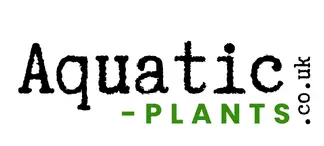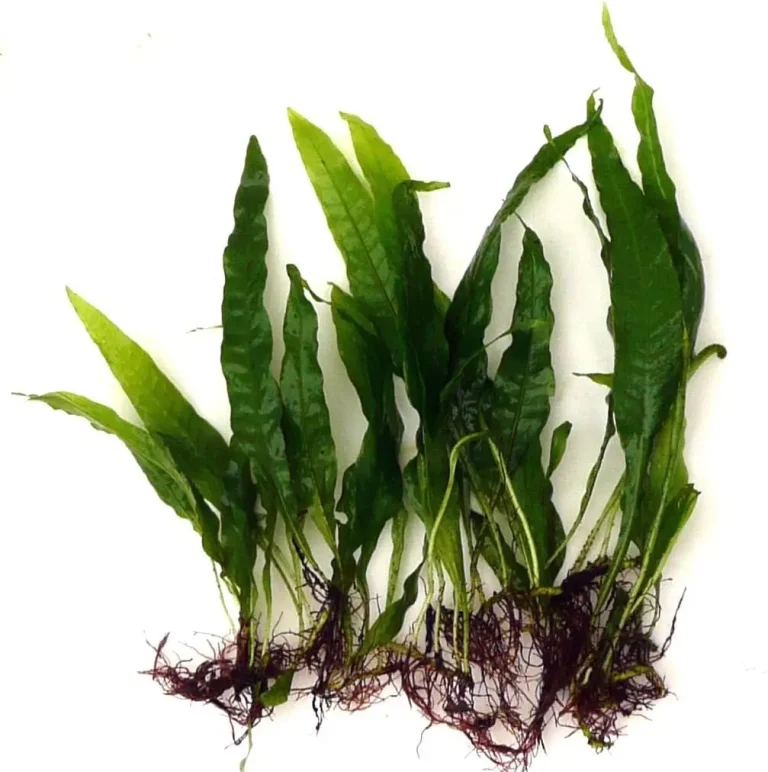Rotala Aquarium Plant Guide
Introduction
Are you looking for a stunning plant to transform your aquarium into a lush underwater paradise? Rotala, with its vibrant colours and graceful growth patterns, is a favourite among aquarium hobbyists. Known for its adaptability, this plant is perfect for both beginners and seasoned aquascapers. Did you know that Rotala’s colour intensity can shift dramatically with the right care? Let’s explore why this plant deserves a spot in your tank.
Plant Profile
- Scientific Name: Rotala spp. (commonly R. rotundifolia, R. wallichii)
- Common Names: Rotala, Dwarf Rotala, Indian Toothcup
- Origin: Native to Southeast Asia, where it thrives in tropical wetlands and shallow water.
Appearance
Rotala exhibits slender stems with small, delicate leaves that can range in colour from green to striking shades of red, pink, and orange. Depending on the species, the leaves may be round or needle-like. With proper care, Rotala can grow 20–50 cm tall, making it ideal for midground or background planting.
Care Requirements
Lighting
Rotala thrives in moderate to high light. For vibrant red hues, provide intense lighting using LEDs or T5 fixtures. Lower light may result in slower growth and greener leaves.
Water Parameters
- pH: 6.0–7.5 (slightly acidic to neutral)
- Temperature: 22–28°C
- Hardness: Soft to moderately hard water (2–10 dGH).
Nutrient Requirements
Rotala benefits from regular nutrient supplementation. Iron-rich fertilizers enhance its red colour, while root tabs or liquid fertilizers ensure robust growth.
CO2
While Rotala can grow without CO2, injecting CO2 significantly enhances growth rate and intensifies colouration, especially for red varieties.
Water Flow
Rotala prefers moderate water flow, which helps distribute nutrients and CO2 evenly. Excessive flow may cause damage to its delicate stems.
Propagation
Rotala is one of the easiest plants to propagate:
- Cut a healthy stem just below a node.
- Remove the lower leaves to expose the stem.
- Plant the cuttings into the substrate, ensuring they are upright and stable.
Within weeks, the cuttings will root and grow into lush clusters.
Compatibility
Suitable Tank Setups
- Planted Tanks: A stunning centrepiece or background feature.
- Shrimp Tanks: Shrimp love to graze on algae growing on its leaves.
- Community Tanks: Compatible with peaceful fish species.
Compatible Tankmates
- Fish: Neon Tetras, Rasboras, Guppies.
- Invertebrates: Amano shrimp, Nerite snails.
Companion Plants
Rotala pairs beautifully with carpet plants like Hemianthus callitrichoides (Dwarf Baby Tears) and taller species like Vallisneria.
Troubleshooting
Common Issues:
- Melting leaves: Caused by sudden changes in water conditions; transition plants slowly.
- Algae growth: Reduce light intensity and adjust nutrient dosing.
- Slow growth: Increase CO2 and fertilization.
- Leggy stems: Trim regularly and increase light intensity for compact growth.
Additional Tips
- Pruning: Trim the tops frequently to encourage bushier growth.
- Planting: Space stems evenly to prevent overcrowding and ensure light penetration.
- Water Changes: Perform weekly water changes to keep nutrients balanced.
Conclusion
Rotala is a versatile and visually stunning plant that can elevate any aquarium setup. Whether you’re starting your first planted tank or perfecting a competitive aquascape, this plant’s vibrant colours and adaptability make it a must-have. Ready to try Rotala? Share your journey or explore our other care guides for more tips!
FAQs
- How do I maintain Rotala’s red colour?
Provide intense lighting, iron-rich fertilizers, and CO2 supplementation for the best results. - Can Rotala grow without CO2 injection?
Yes, but growth will be slower, and colours may be less vibrant. - Is Rotala beginner-friendly?
Absolutely! It’s adaptable and grows well with basic care, though advanced techniques can enhance its beauty.
Rotala Species Comparison
| Common Name | Scientific Name | Origin | pH | Lighting Requirements | Growing Difficulty |
|---|---|---|---|---|---|
| Rotala Rotundifolia | Rotala rotundifolia | Southeast Asia | 6.0 – 7.5 | Moderate to High | Easy |
| Rotala Wallichii | Rotala wallichii | Southeast Asia | 6.0 – 7.0 | High | Moderate to Difficult |
| Rotala Macrandra | Rotala macrandra | India | 6.0 – 6.8 | Very High | Difficult |
| Rotala Indica (often confused with Rotundifolia) | Rotala indica | Southeast Asia | 6.0 – 7.5 | Moderate to High | Easy |
| Rotala Vietnam H’ra | Rotala sp. ‘Vietnam H’ra’ | Vietnam | 6.0 – 7.0 | High | Moderate |
| Rotala Green | Rotala sp. ‘Green’ | Unknown | 6.0 – 7.5 | Moderate | Easy |
Note: Growing difficulty can vary based on specific conditions and individual experience. CO2 injection and nutrient supplementation often play a significant role, especially for more demanding species.
Italics denote scientific names.

